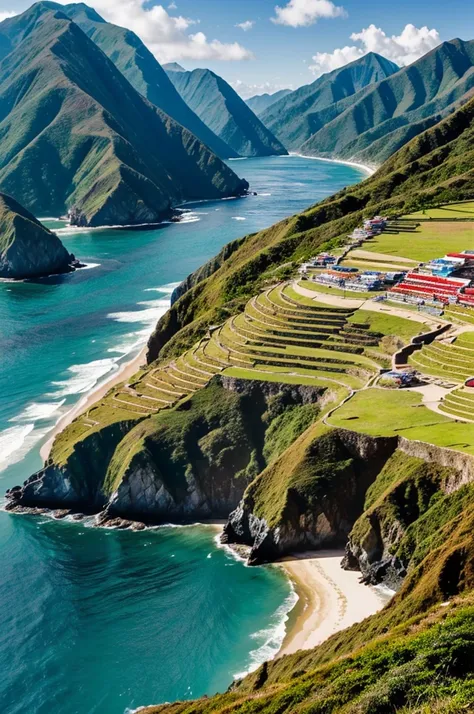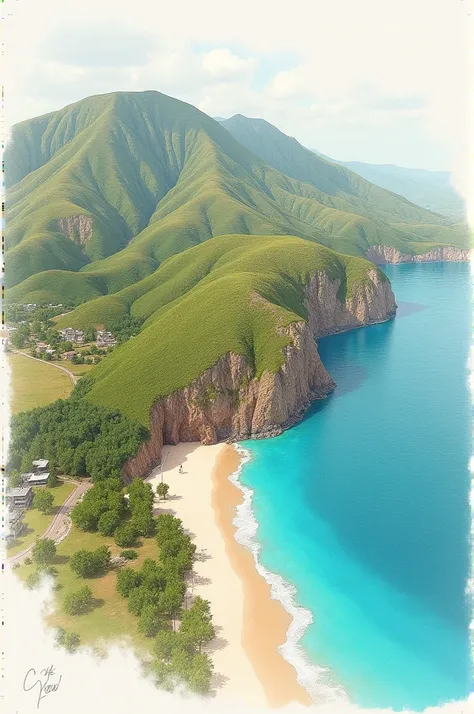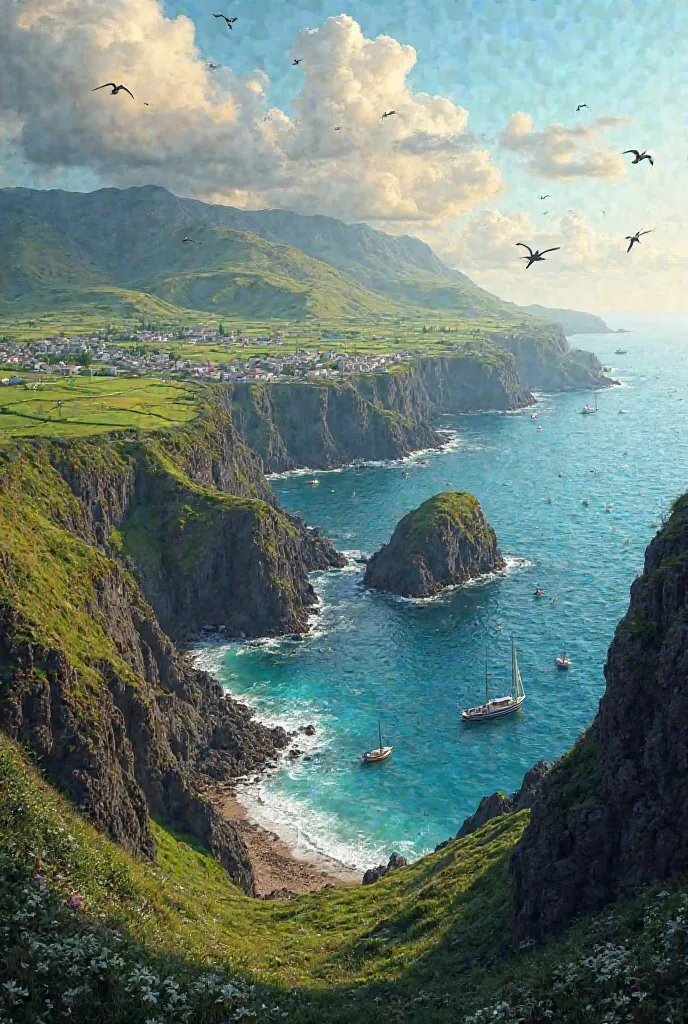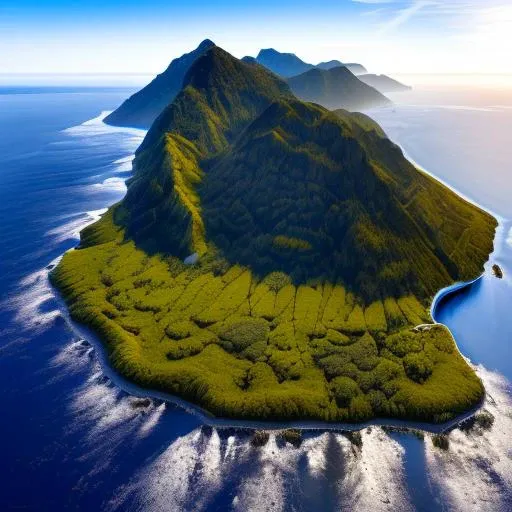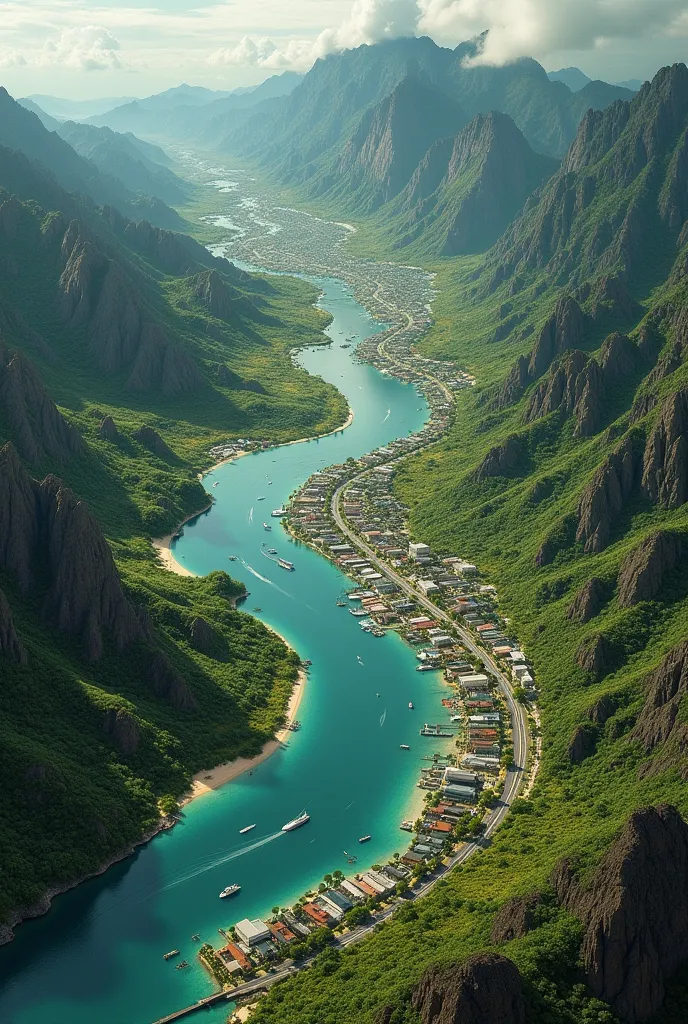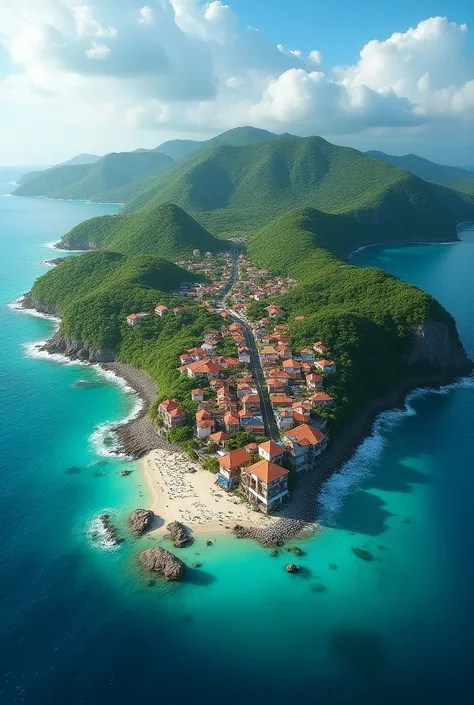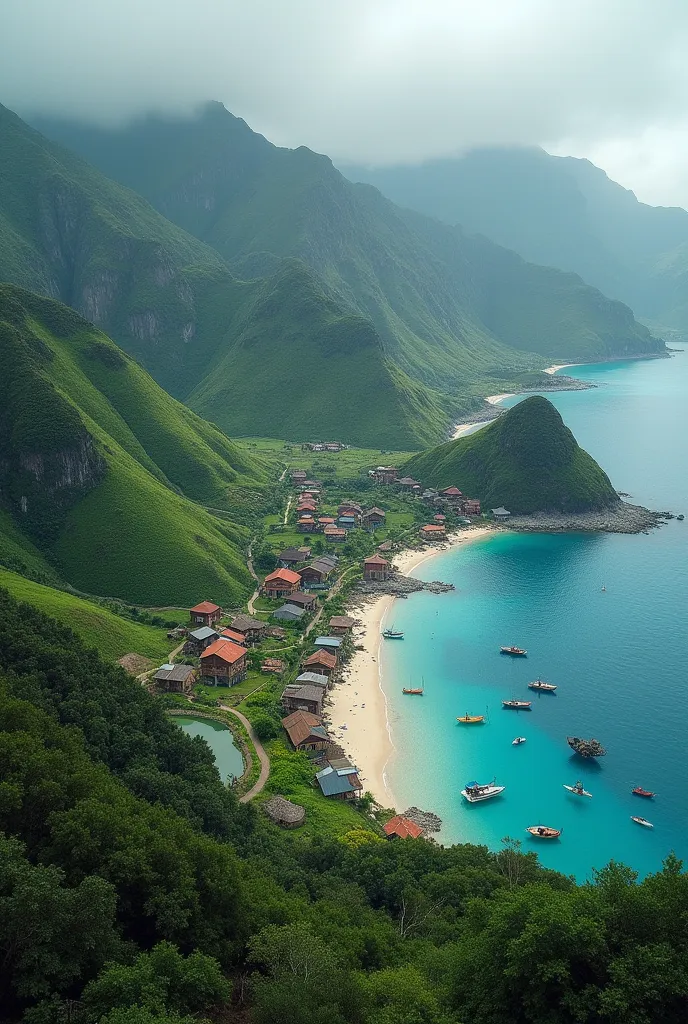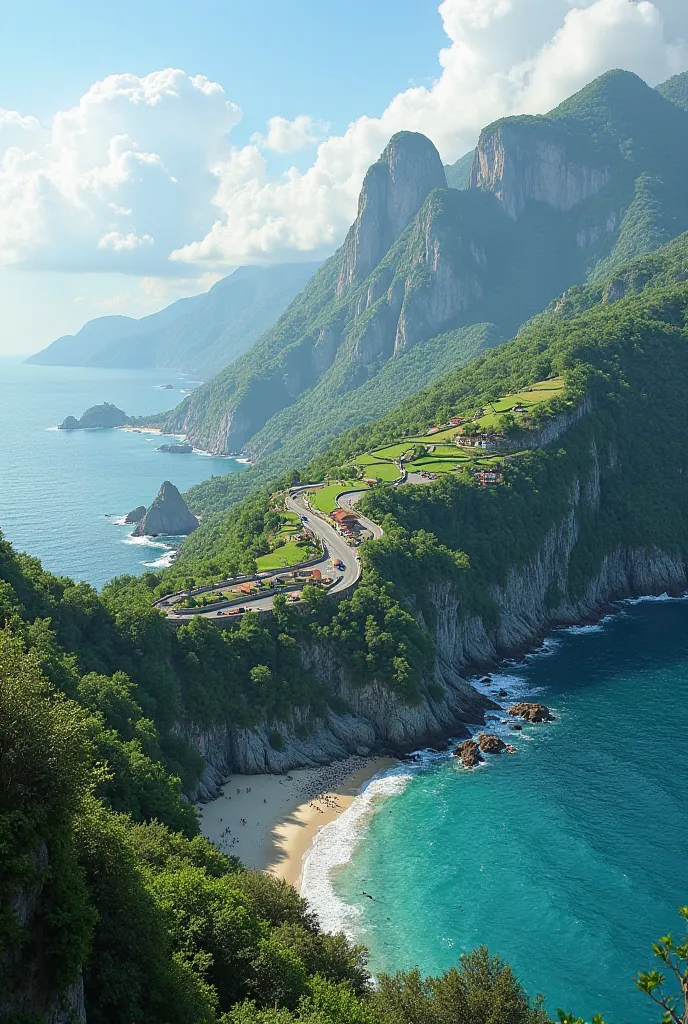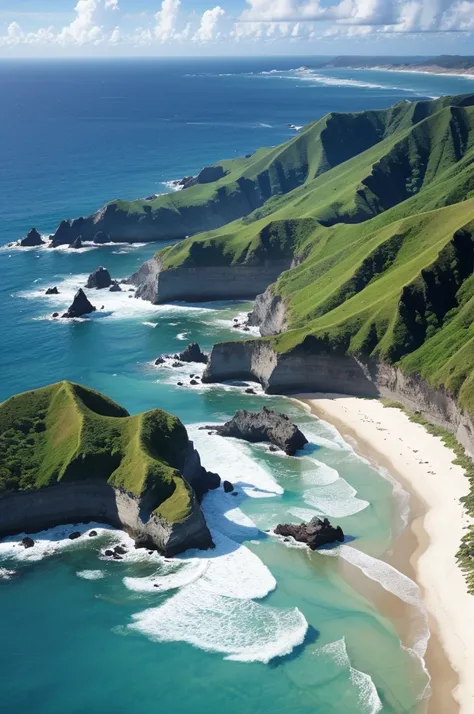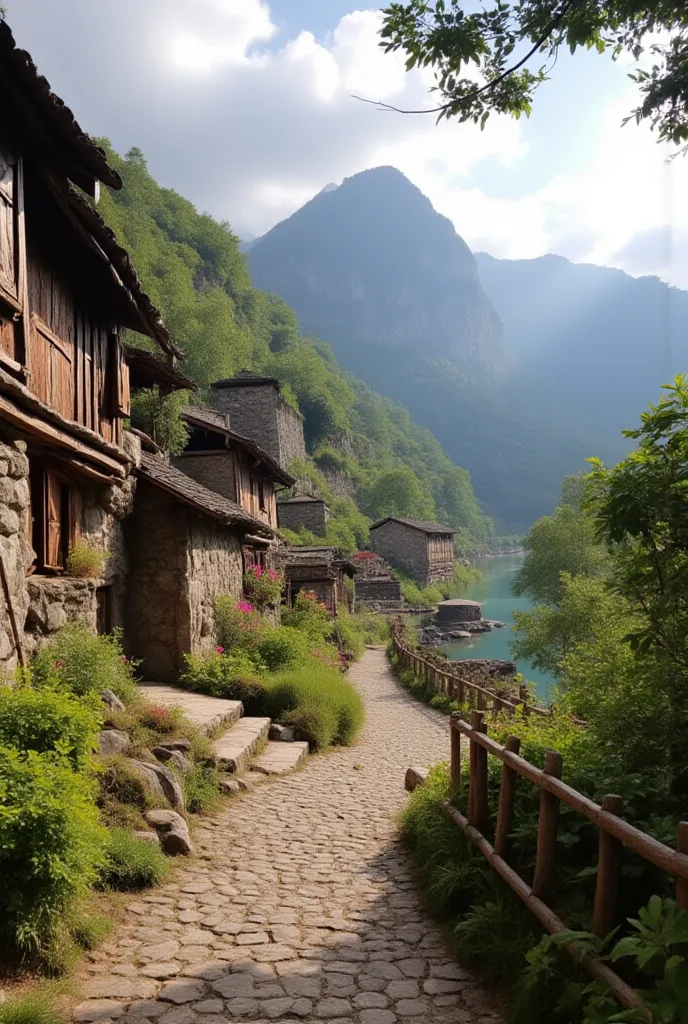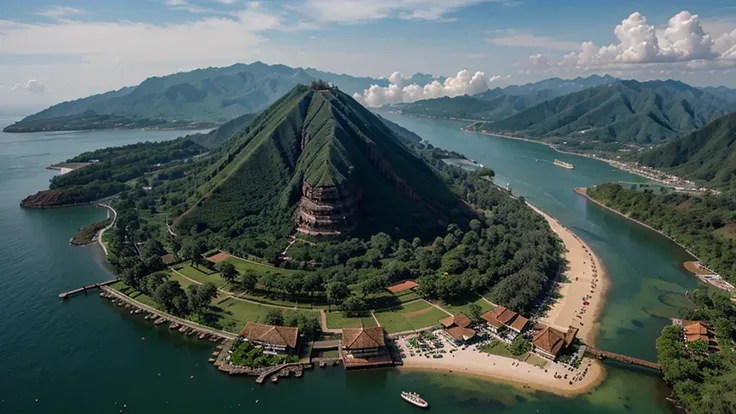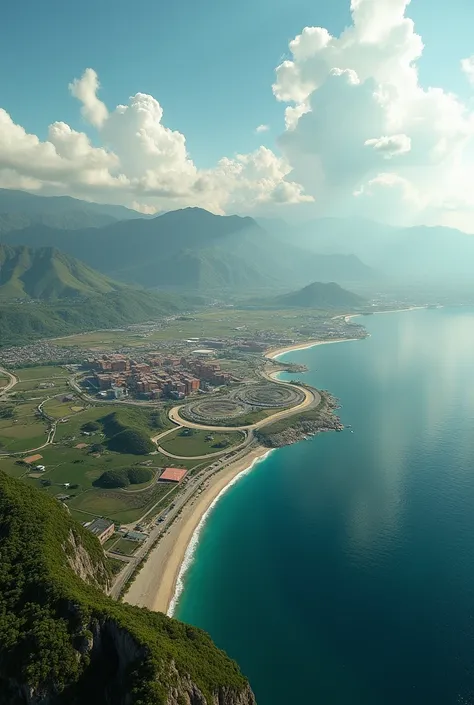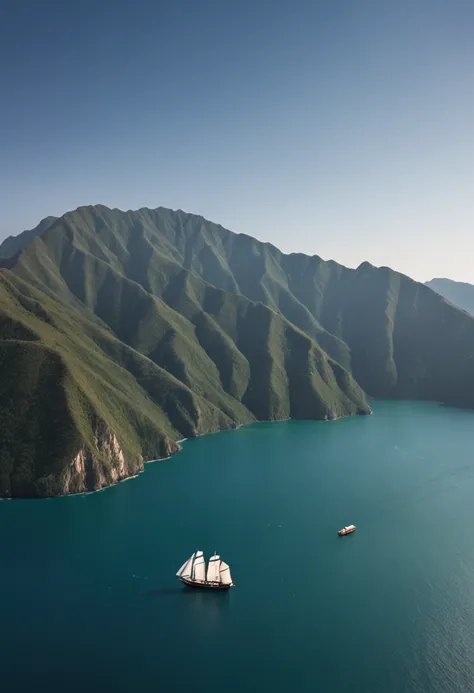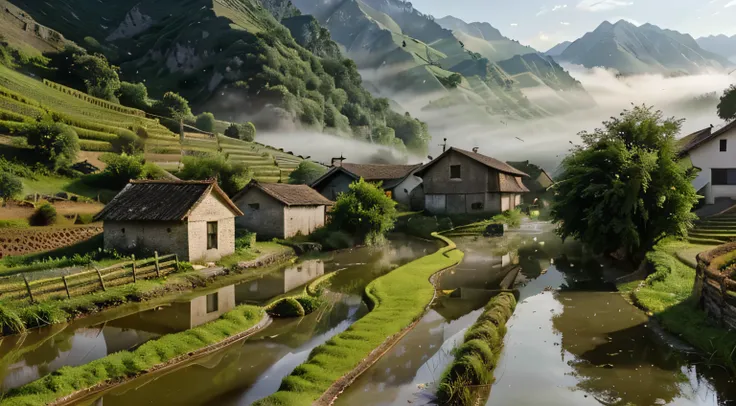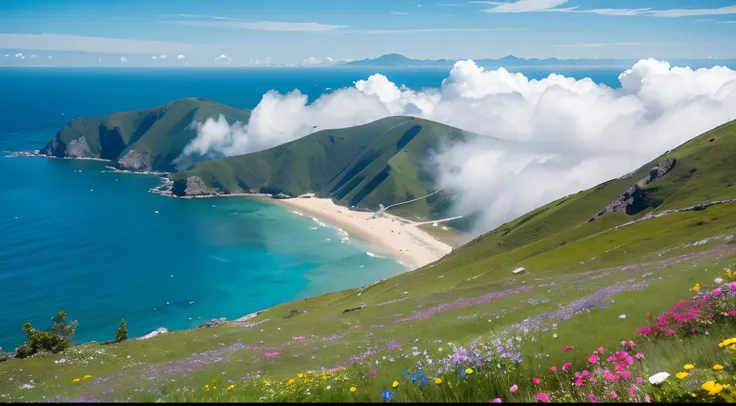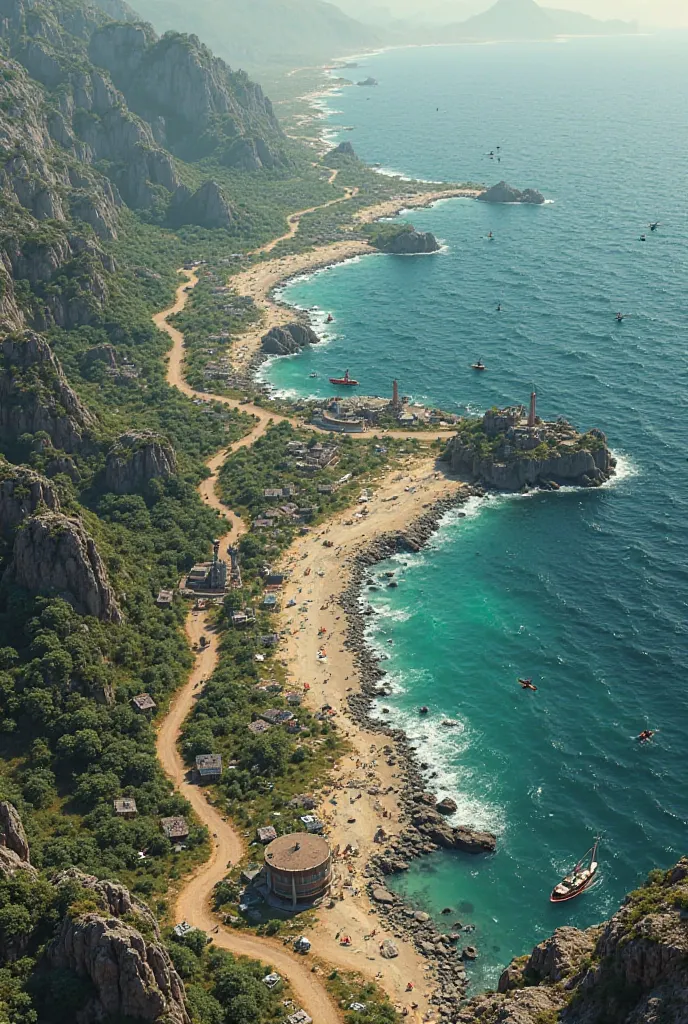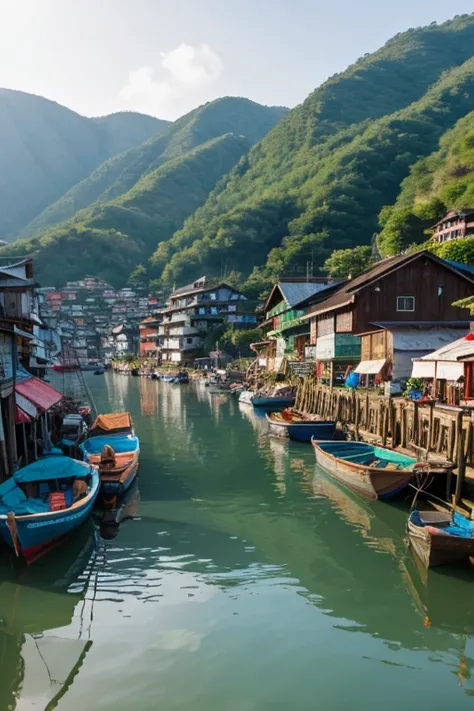From immemorial time the shores of Japan have been swept, at irregular intervals
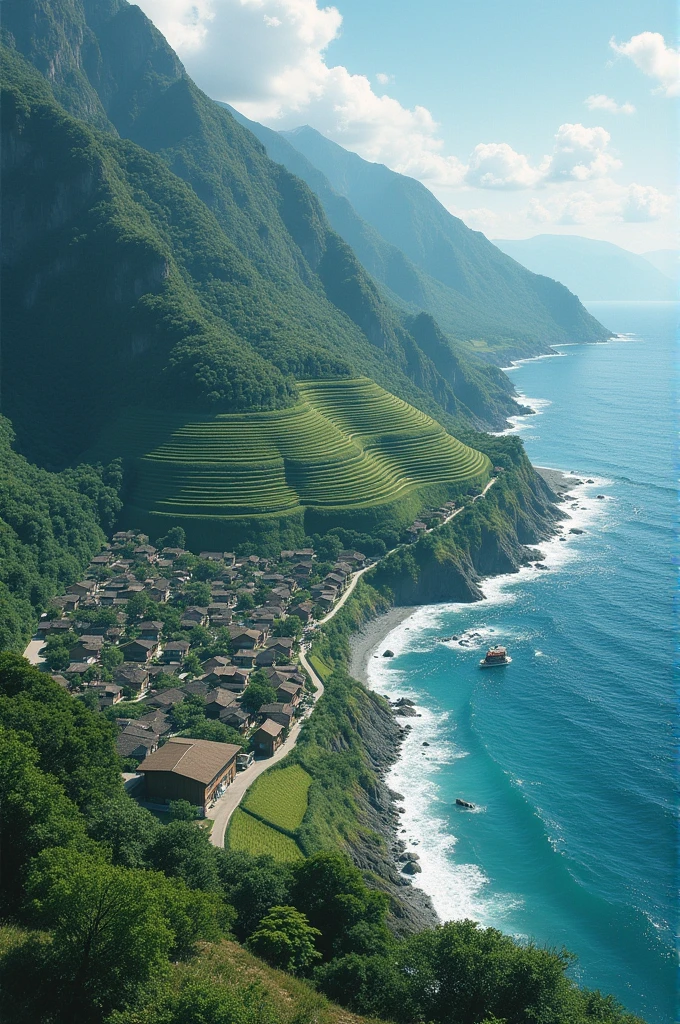
From immemorial time the shores of Japan have been swept, at irregular intervals of centuries, by enormous tidal waves, tidal waves caused by earthquakes or by submarine volcanic action. These awful sudden risings of the sea are called by the Japanese “tsunami.” On the evening of June 17, 1896, a wave nearly two hundred miles long struck the northeastern provinces of Miyagi, Iwate, and Aomori, wrecking scores of towns and villages, ruining whole districts, and destroying nearly thirty thousand human lives. The story of Hamaguchi Gohei is the story of a like calamity which happened long before the era of Meiji, on another part of the Japanese coast. He was an old man at the time of the occurrence that made him famous. He was the most influential resident of the village to which he belonged: he had been for many years its muraosa, or headman; and he was not less liked than respected. The people usually called him Ojiisan, which means Grandfather; but, being the richest member of the community, he was sometimes officially referred to as the Choja. He used to advise the smaller farmers about their interests, to arbitrate their disputes, to advance them money at need, and to dispose of their rice for them on the best terms possible. Hamaguchi's big thatched farmhouse stood at the verge of a small plateau overlooking a bay. The plateau, mostly devoted to rice culture, was hemmed in on three sides by thickly wooded summits. From its outer verge the land sloped down in a huge green concavity, as if scooped out, to the edge of the water; and the whole of this slope, some three quarters of a mile long, was so terraced as to look, when viewed from the open sea, like an enormous flight of green steps, divided in the centre by a narrow white zigzag, a streak of mountain road. Ninety thatched dwellings and a Shinto temple, composing the village proper, stood along the curve of the bay; and other houses climbed straggling up the slope for some distance on eit
Prompts
Prompts kopieren
From immemorial time the shores of Japan have been swept
,
at irregular intervals of
centuries
,
by enormous tidal waves
,
tidal waves caused by earthquakes or by submarine
volcanic action
.
These awful sudden risings of the sea are called by the Japanese “tsunami
.
”
On the evening of June 17
,
1896
,
a wave nearly two hundred miles long struck the
northeastern provinces of Miyagi
,
Iwate
,
and Aomori
,
wrecking scores of towns and villages
,
ruining whole districts
,
and destroying nearly thirty thousand human lives
.
The story of
Hamaguchi Gohei is the story of a like calamity which happened long before the era of Meiji
,
on another part of the Japanese coast
.
He was an old man at the time of the occurrence that made him famous
.
He was the most
influential resident of the village to which he belonged: he had been for many years its
muraosa
,
or headman
;
and he was not less liked than respected
.
The people usually called
him Ojiisan
,
which means Grandfather
;
but
,
being the richest member of the community
,
he
was sometimes officially referred to as the Choja
.
He used to advise the smaller farmers
about their interests
,
to arbitrate their disputes
,
to advance them money at need
,
and to dispose
of their rice for them on the best terms possible
.
Hamaguchi's big thatched farmhouse stood at the verge of a small plateau overlooking a bay
.
The plateau
,
mostly devoted to rice culture
,
was hemmed in on three sides by thickly wooded
summits
.
From its outer verge the land sloped down in a huge green concavity
,
as if scooped
out
,
to the edge of the water
;
and the whole of this slope
,
some three quarters of a mile long
,
was so terraced as to look
,
when viewed from the open sea
,
like an enormous flight of green
steps
,
divided in the centre by a narrow white zigzag
,
a streak of mountain road
.
Ninety
thatched dwellings and a Shinto temple
,
composing the village proper
,
stood along the curve
of the bay
;
and other houses climbed straggling up the slope for some distance on eit
Info
Checkpoint & LoRA

Checkpoint
SeaArt Infinity
#Landschaft
#Realistisch
#Fotografie
#Szenografie
#SeaArt Infinity
0 Kommentar(e)
0
0
0










